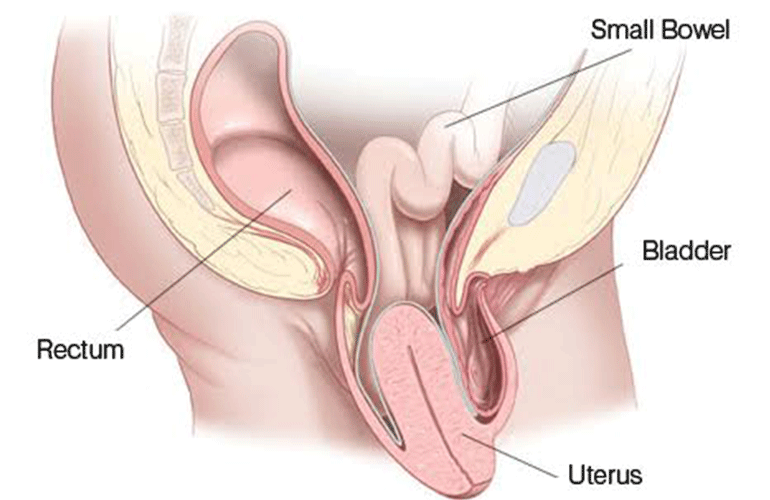Nr.Chitarkut Society-1
Aastha Women Hospital and Laproscopy Center is most advanced Women Health Care centre in Anjar. Under the leadership of Dr. R.M. gundrasaniya, The Hospital is operating in fields of Gynaec Services, Pregnancy related Service & IVF Segment. We've been successfully Serving Women in Kutch for Last 8 Years Now.
Madhuban, Chitrakut Society 2, Anjar, Gujarat 370110
info@aasthawomens.com
+91 95868 25764

Uterine prolapse occurs when pelvic floor muscles and ligaments stretch and weaken until they no longer provide enough support for the uterus. As a result, the uterus slips down into or protrudes out of the vagina.
Uterine prolapse most often affects people after menopause who've had one or more vaginal deliveries.
Mild uterine prolapse usually doesn't require treatment. But uterine prolapse that causes discomfort or disrupts daily life might benefit from treatment.
Mild uterine prolapse is common after childbirth. It generally doesn't cause symptoms. Symptoms of moderate to severe uterine prolapse include:
See a health care provider to talk about treatment options if symptoms of uterine prolapse bother you and keep you from doing daily activities.
Uterine prolapse results from the weakening of pelvic muscles and supportive tissues. Causes of weakened pelvic muscles and tissues include: